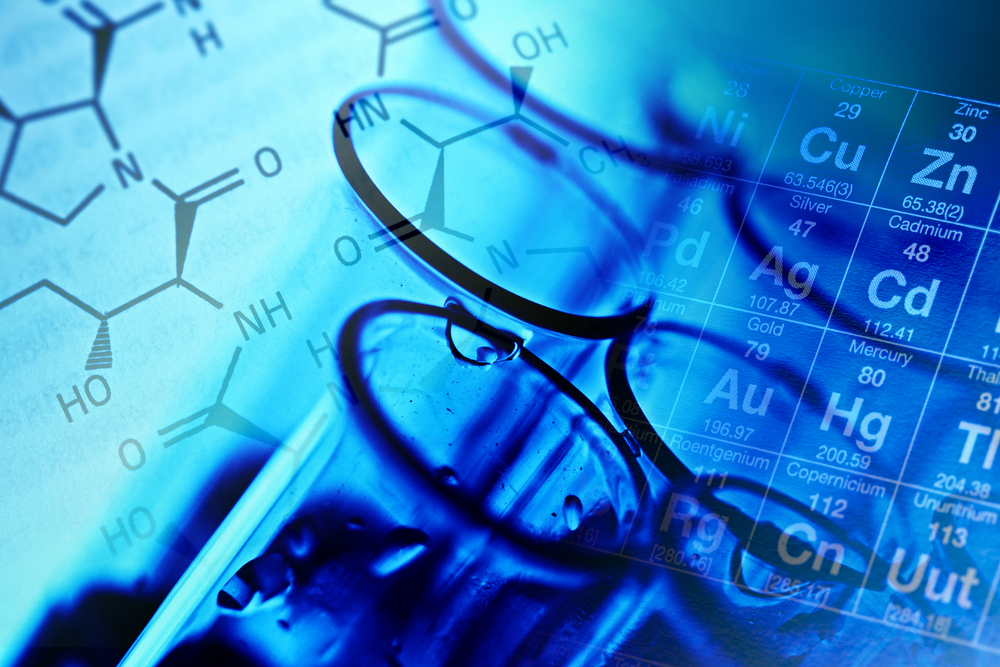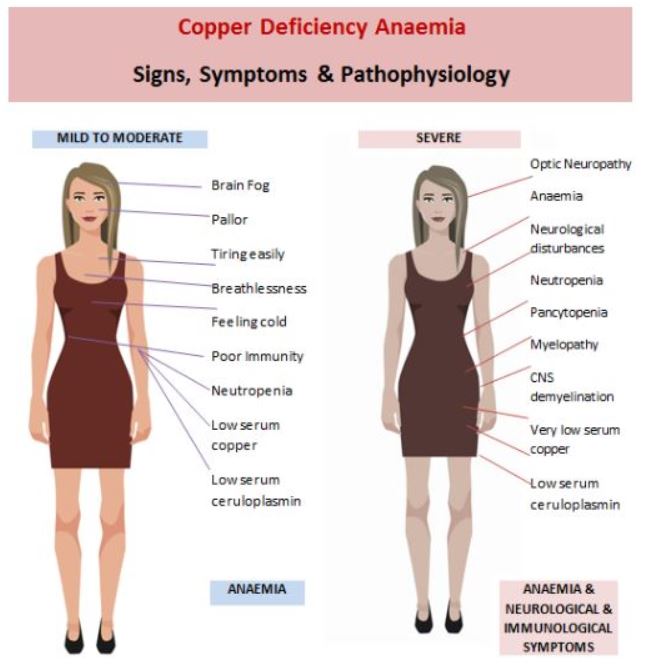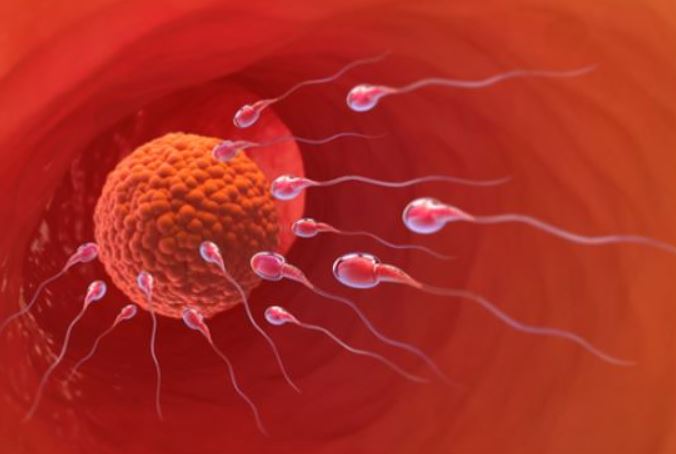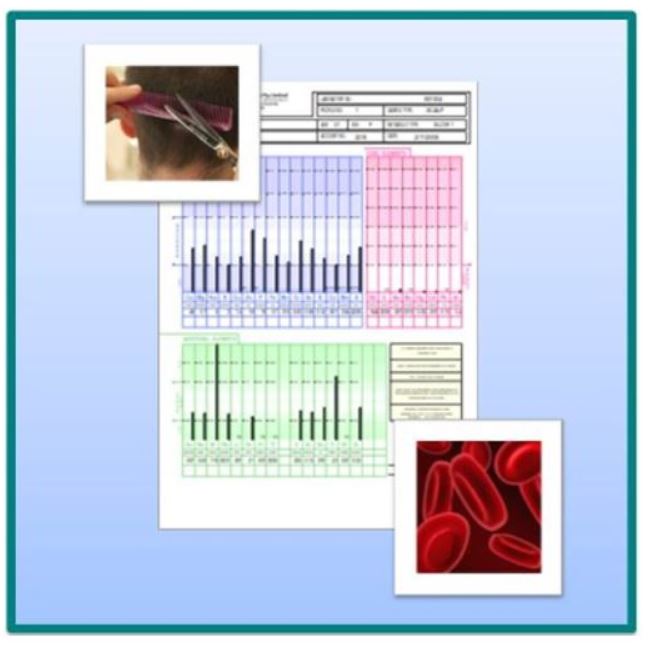Reclaim Your Vitality with Carotenoids
InterClinical eNews January 2020, Issue 100 There are at least 600 known natural carotenoids but only those possessing a 3-hydroxy-epsilon end group have vitamin A activity. Beta carotene is a part of that group. Beta-carotene is the precursor of vitamin A - an essential vitamin for retinal function and mucosal protection in the body. Beta carotene also provides significant antioxidant support to the skin and the eyes where it is able...
Metalloestrogens – the Stealth Toxins
Stealth toxins that can play havoc with your hormones.InterClinical eNews December 2019, Issue 99 Metalloestrogens - Factors influencing Susceptibility Several metals can act as metalloestogens by binding to the oestrogenic receptor alpha and initiating cellular changes. However, not everyone exposed to toxic metals develops symptoms. (1) Some factors which affect the likelihood of developing symptoms include: Timing and duration of exposure - This appears critical. For example in hypogonadal males, correcting the hormone...
A Fresh Look at Vitamin E – What You Need to Know about Isomers and Synergists
InterClinical eNews November 2019, Issue 98 Vitamin E is an essential fat-soluble vitamin first discovered in 1922. It is an important antioxidant involved in cellular protection from free radical damage, immune regulation, endothelial cellular integrity, blood viscosity maintenance and wound healing. In this issue we take a look at the eight isoforms discovered so far, how vitamin E needs selenium and glutathione to provide antioxidant support, its gene interactions, its properties and...
Hidden Heavy Metal Toxicity?
Hair Tissue Mineral AnalysisInterClinical eNews October 2019, Issue 97 Heavy metals are so ubiquitous in our environment that everyone is exposed to them. They cannot be avoided completely and are found in virtually everyone to some degree. Sources of heavy metals range from environmental, occupational, household (including foods, water, paints, cosmetics, etc), medical and hobbies. Heavy metals can enter the body through inhalation, intestinal absorption as well as be absorbed through the...
Hydrochloric Acid – Why it’s Essential for Optimal Digestion
InterClinical eNews December 2018, Issue 87 The festive season is upon us, bringing matters of digestion into focus. In this issue, we go back to the basics, exploring the physiology and biochemistry of gastric acid production. In particular, we look at the importance of acidification and the role of nutrients and metabolites in hydrochloric acid production. The Importance of Acidification The acidification of the stomach contents yields several digestive benefits. Firstly, it denatures...
Anaemia and the Copper-Deficient Patient
InterClinical eNews November 2018, Issue 86 Copper deficiency is a less common and under-recognised cause of anaemia, producing an anaemia unresponsive to iron, vitamin B12 or folate. In this journal article four expert reviewers highlight the key features, the likely causes, the populations affected and how to treat the symptoms. Copper Deficiency Symptoms Mild copper deficiency is largely indistinguishable from other types of anaemia, apart from a persistent neutropenia. As it progresses in severity the symptom picture becomes...
Conception – Zinc’s Critical Role in Early Egg Maturation
InterClinical eNews October 2018, Issue 85 With up to 15 % of Australian couples struggling to conceive, infertility has become an important public health concern. (1) Whilst the causes of infertility may be multifactorial, researchers at Pennsylvannia State University desired to understand the role of zinc in early infertility, particularly egg quality, viability and maturation. They also sought to determine how early in the egg's development zinc begins to affect egg quality. (2) The Study The researchers collected preantral...
Vitamin C – Can It Improve Acute Exam Anxiety?
InterClinical eNews September 2018, Issue 84 With HSC and university exams looming we are all on the lookout for anything safe and effective for short-term anxiety. Cumulative evidence from preclinical studies demonstrates that short-term administration of ascorbic acid - or vitamin C - can confer positive effects on mood. Given these findings, researchers at the Federal University of Catalina decided to investigate the effect of just a single dose of ascorbic...
Iron Deficiency Anaemia in Pregnancy – Which Iron is Best?
InterClinical eNews August 2018, Issue 83 Iron deficiency anaemia (IDA) represents a major health concern during pregnancy. IDA is associated with increased risk of preterm pregnancy, low birth weight and restricted intrauterine growth rates.(1) A number of types of iron supplementation exist such as ferrous fumarate, ferrous sulphate, ferrous gluconate and amino-chelated forms such as ferrous bis-glycinate. Amino chelated forms are considered superior due to their ability to transit the intestines still...
Do Hair Iron & Body Iron Correlate?
InterClinical eNews July 2018, Issue 82 Iron deficiency is one of the most common metabolic conditions in Australia. It induces symptoms of lethargy, poor concentration, shortness of breath and heart palpitations that can impact severely on human health. (1) Being able to accurately estimate iron stores is crucial to identifying anaemia as a causative agent. This study sought to investigate if hair iron correlates with specific serum iron markers and whether or not it can be employed as a non-invasive marker of bodily iron...






